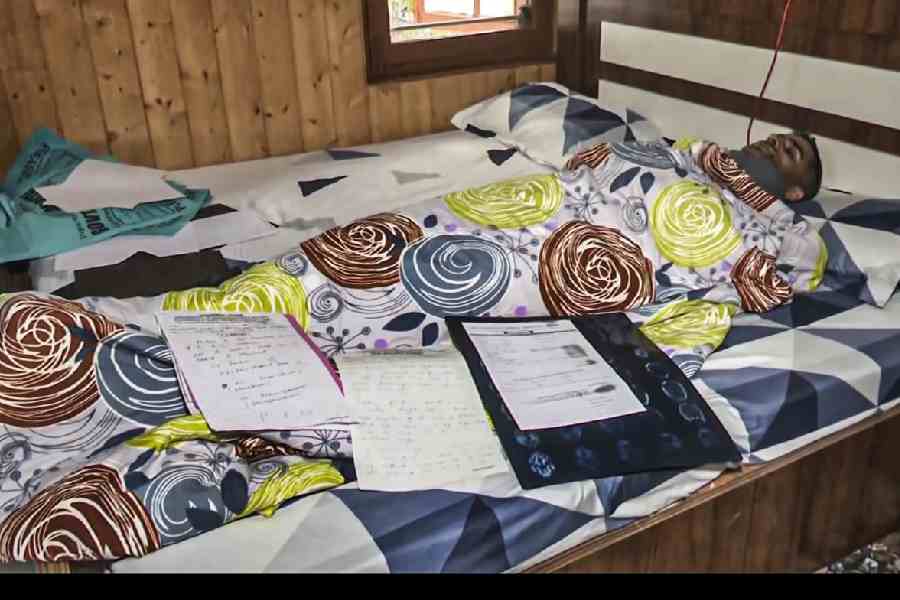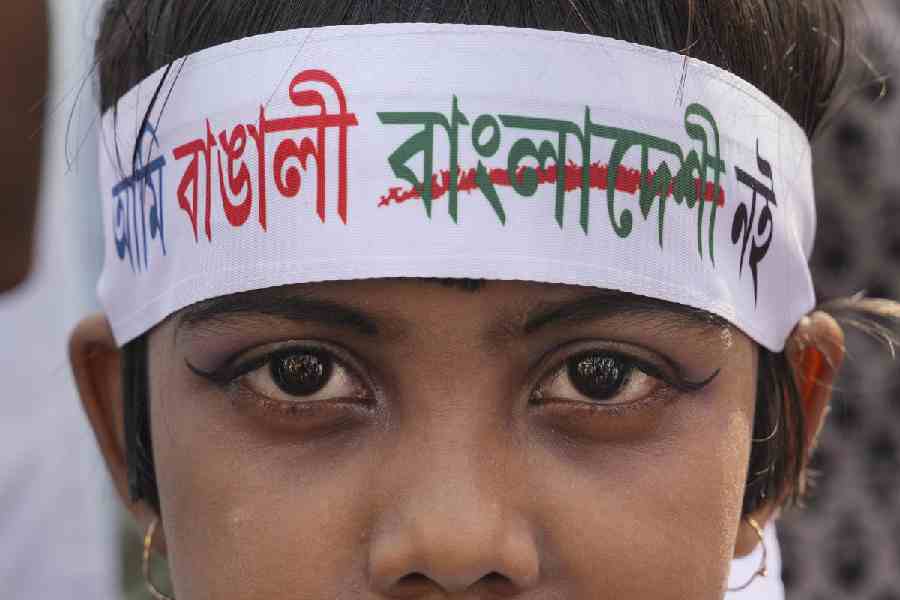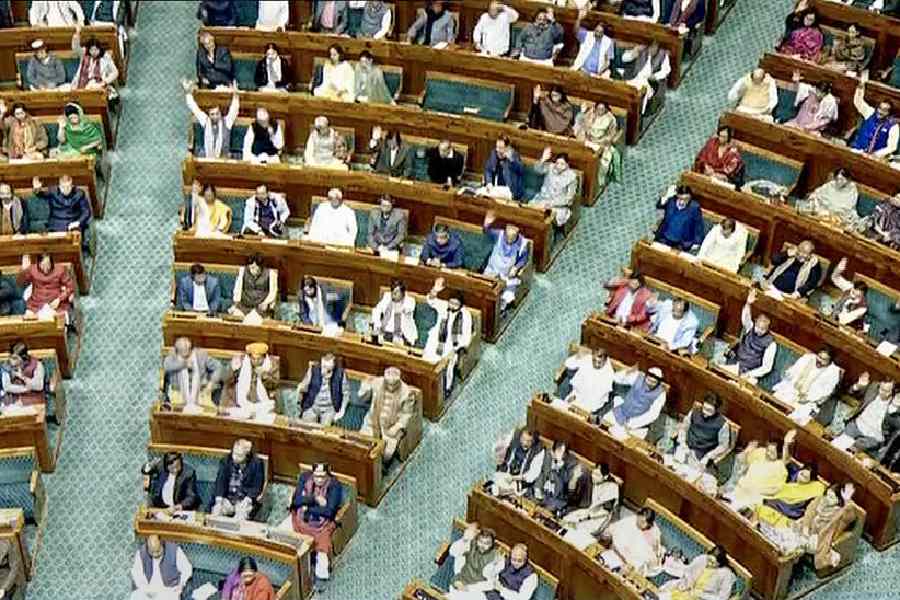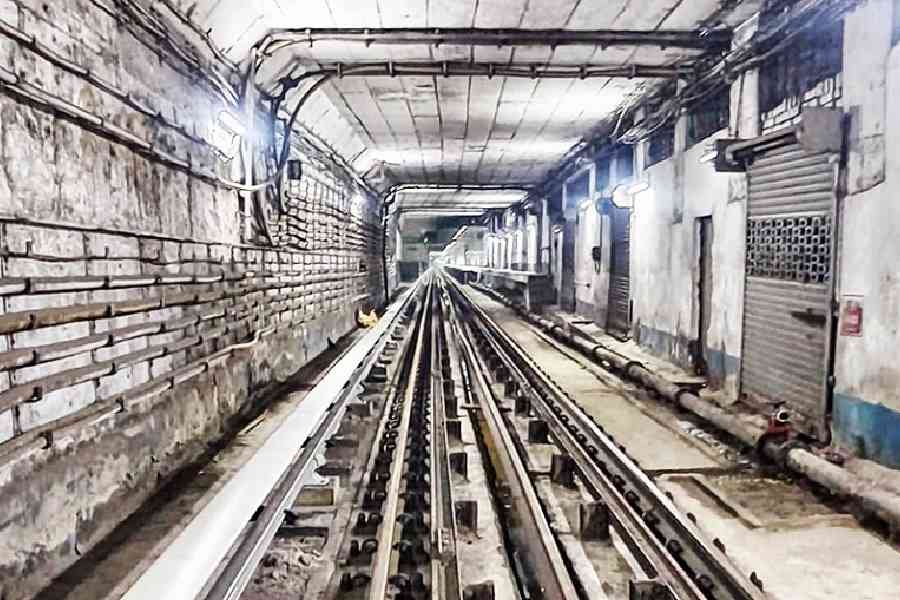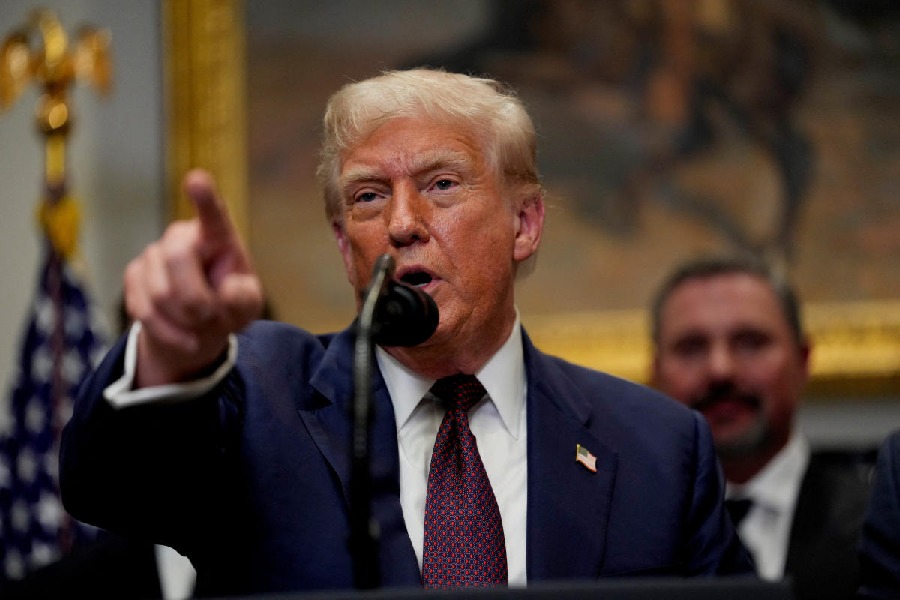 |
| One of the museum figurines |
Ranchi, Sept. 9: Come tomorrow, Hotwar will retrace an odyssey of civilisation that is as imposing as it is unique.
Vice-president M. Hamid Ansari will inaugurate a new, air-conditioned museum sprawling over 10,000sqm at the mega sports complex in the state capital that will boast a splendid collection of artefacts from the pre-historic and Harappan periods, besides historic marvels dug up at Khukhragarh in Ranchi district recently.
“We have managed to secure a rare collection of artefacts from the Archaeological Survey of India (ASI) following concerted efforts,” said Harendra Sinha, deputy director, state art and culture department, as he paced the corridor of the new building, issuing instructions to workers on arrangements for tomorrow’s inaugural function. “If we can maintain the museum, it will be one of the best in eastern India,” he added.
Among its prized possessions, the museum has pre-historic stone tools, earthen wares from the Harappan period, megalithic remains, painted wares made during 1100-350 BC, precisely the period when Ved Vyas penned his epic Mahabharata. While most of the artefacts have been acquired from the ASI, some were already being preserved at the Tribal Research Institute in Morabadi.
The entrance of the museum is being guarded by two figurines that date back to the 12th Century. On the left is a life-size sculpture of Lokeshwar Vishnu who has chakra in one hand and sankha in the other. The right side is occupied by Simhavahini Durga, heavily decked with ornaments.
Inside, there are well over 100 sculptures of Yakshas and Yakshinis, besides one of the Sun God and Kalki, an avatar of Vishnu. “The form of the figurines tell us that they belong to the 12th Century. They were found during an excavation at Ichagarh in East Singbhum,” Sinha said.
Besides sculptures, Mughal coins, metal tools and weapons such as sickle, axe and dagger and ornaments like rings — most of them dug up at Khukhragarh — are part of the museum.
A smaller museum, showcasing tribal lifestyle and culture, earlier maintained by the state-run Tribal Research Institute has also been shifted to the new premises, where a separate gallery has been prepared for it.
In a nutshell, Sinha said, the museum would be a place to study the journey of man — from the Stone Age to the present.





